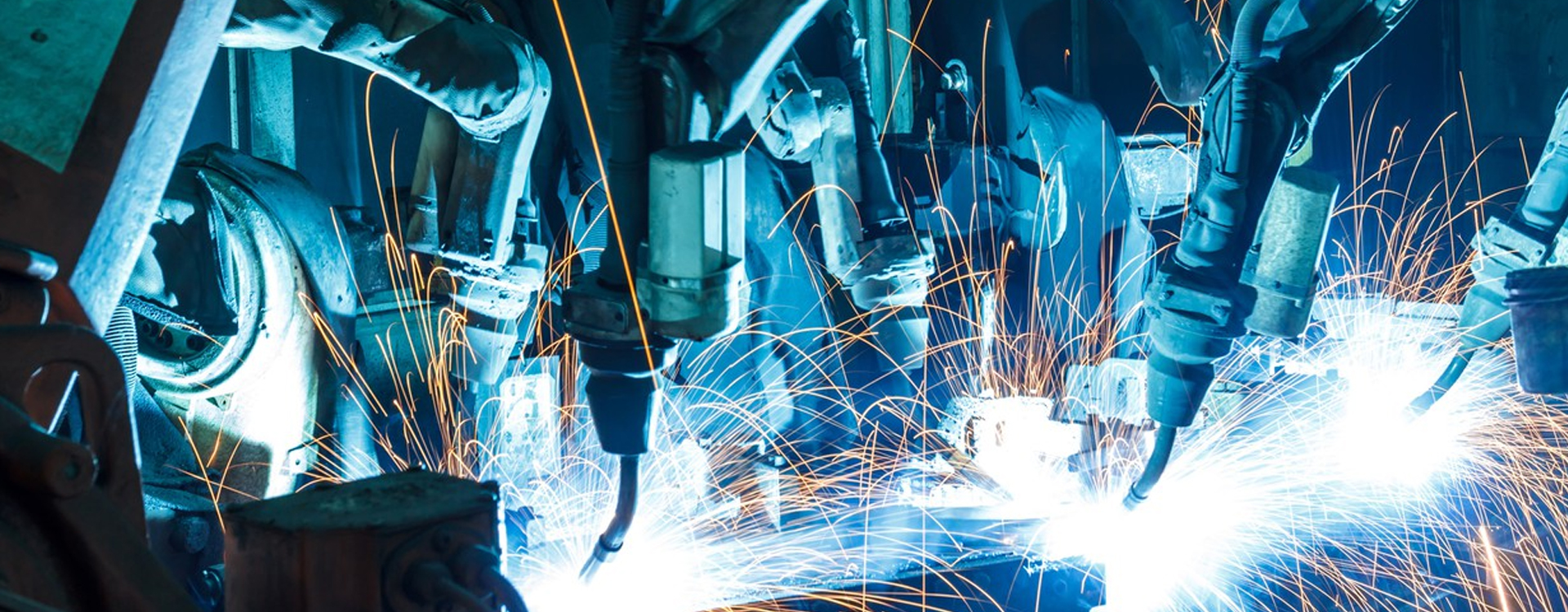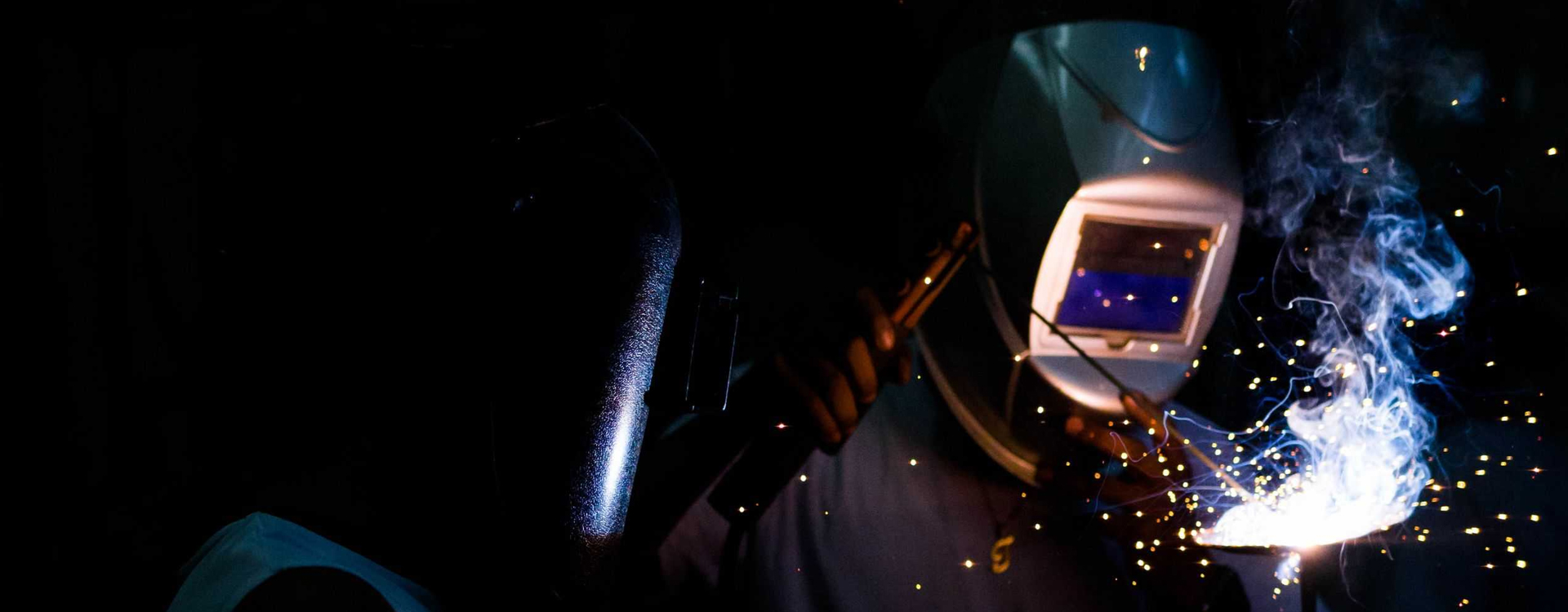Seminar Details
In this study, six distinct alloy compositions were synthesized via mechanical alloying as S1 (Mo80Ni10Si10), S2 (Mo80Ni10Co10), S3 (Mo80Ni10Si5Co5), S4 (Mo79Ni10Si10(Y2O3)1), S5 (Mo79Ni10Co10(Y2O3)1), and S6 (Mo79Ni10Si5Co5(Y2O3)1) (in weight%) followed by conventional sintering at 1500 °C for 1.5 h in continuous flowing hydrogen atmosphere. The spark plasma sintering (SPS) was done at 1150 °C for 5 min at 60 MPa pressure. After 20 h of milling, few oxide particles were encapsulated within Mo particles and others were dispersed at Mo matrix boundary. Alloy S4 containing Y2O3 exhibited the smallest particle size (0.51 µm) and a bimodal particle size distribution. XRD analysis of H2 sintered samples identifies the presence of hard and brittle intermetallic phases, including Mo3Si (cubic), Ni2Si (orthorhombic), and MoNi (orthorhombic). SEM analysis reveals that Y2O3 nanoparticles reduce the average grain size of the Mo matrix. Elemental mapping confirms the presence of Y2O3 within the Mo matrix in alloys S4 to S6. Among H2 sintered alloys, S6 achieves the highest relative density of 93.04%. Alloy S2 exhibited the highest hardness values of 9.08 GPa and minimum specific wear rate of 0.13 × 10-3 mm3/N.m, attributed to its significant intermetallic phase formation. Incorporating Y2O3 particle improve the wear resistance of Mo alloys due to oxide dispersion strengthening. The high-temperature oxidation study at 1000 °C at 10 h of H2 sintered samples illustrates minimum weight change and maximum oxidation resistance in the S6 sample, which is attributed to its lowest porosity. Among all the alloys investigated, SPSed alloy S1 exhibited the highest hardness (25.08 GPa), whereas SPSed alloy S6 achieved the highest sintered density (99.54%) and superior wear resistance (specific wear rate: 0.31 × 10-4 mm3/N.m). The rapid SPS cycle effectively suppressed grain growth, significantly enhancing strength and hardness compared to conventionally sintered Mo alloys.



